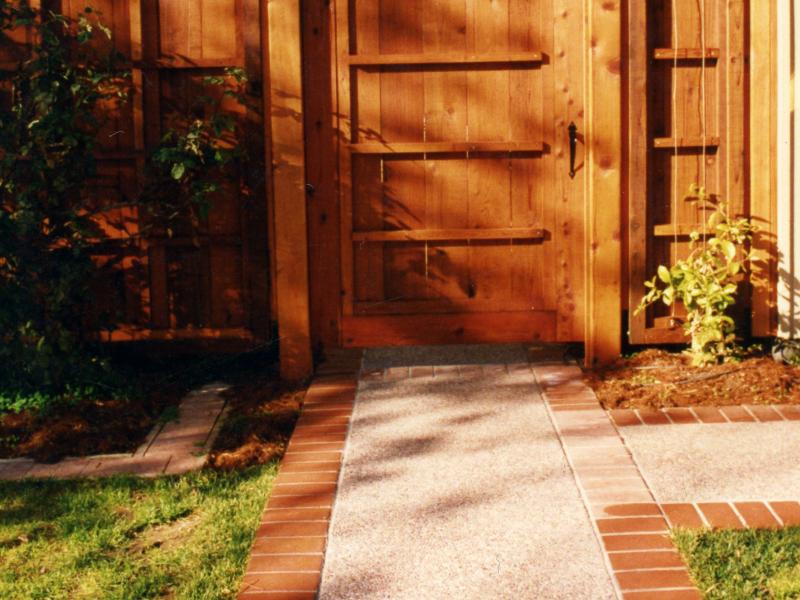The key component when it comes to building a fence is being honest with yourself about how much maintenance you plan to put into a fence. If you know that you will fix the fence immediately any time a problem occurs, you can go with a little more affordable upfront fencing.

Fences, often taken for granted and unnoticed (until that gate won’t close properly), perform many important functions on your property. Many factors must be taken into consideration when choosing to install a particular style of fence, including privacy, security and landscape enhancement. If you build it right and keep it simple, it will last for years.
Construct the fence in harmony with your landscape. Build a sloping fence along sloping property or keep the tops of the fencing level if the property is level. Don’t build an oversize fence on a small piece of property as it will dwarf the surroundings. Likewise, a small picket fence is not really appropriate for fencing in a large yard.
Redwood trees harvested today are much younger so fencing material, which is always the lowest grade of lumber, consists of a lot of white sap wood. Since it does not have the same resistant properties of red heartwood, posts made from it rot easily when exposed to dampness. We compensate for this by crowning the concrete above ground level around each post to protect the wood from the damage caused by constant contact with wet soil. It requires more labor and concrete when we construct the fence, but the fence will last many years longer.
It’s important to remember that the gate post carries an extra heavy load. Therefore it is crucial that this post, more than any other, be crowned with concrete because the slightest decay will cause it to break immediately. It’s also essential that every gate post is complemented with a back-up post for extra support. The gate also needs to be braced properly when it is built to prevent sagging.
